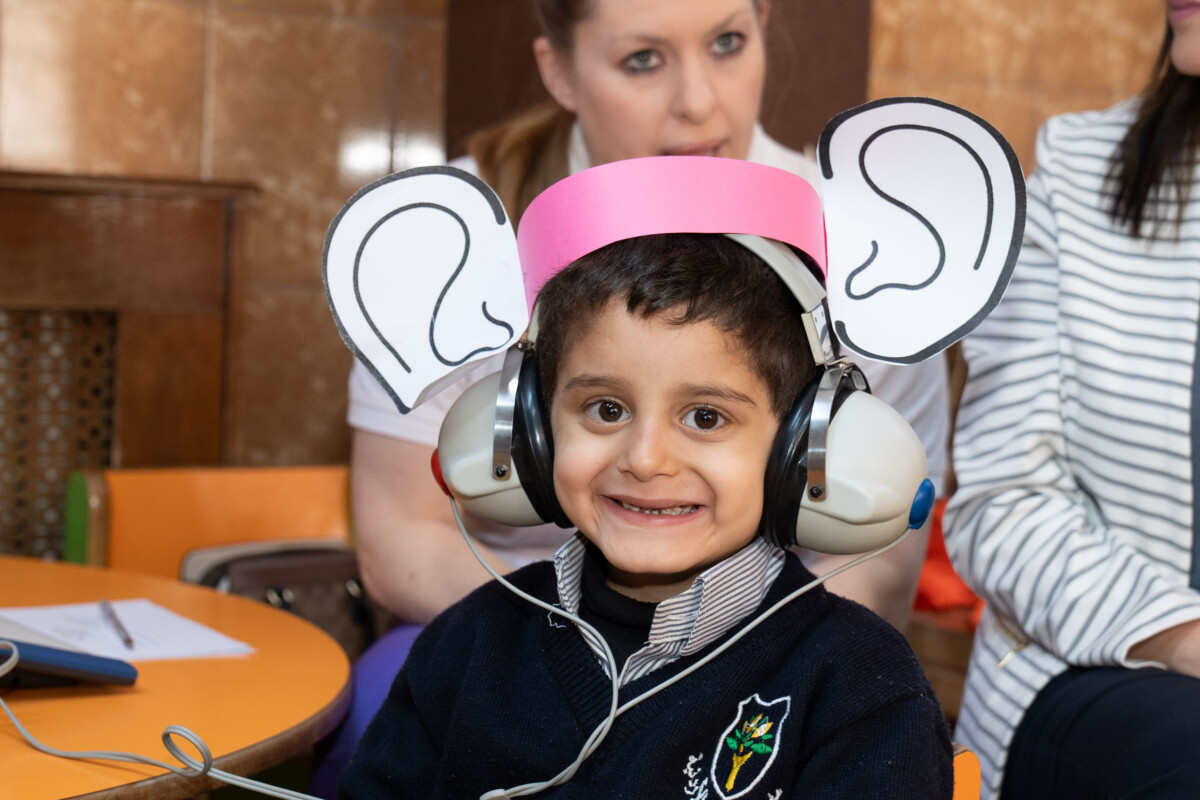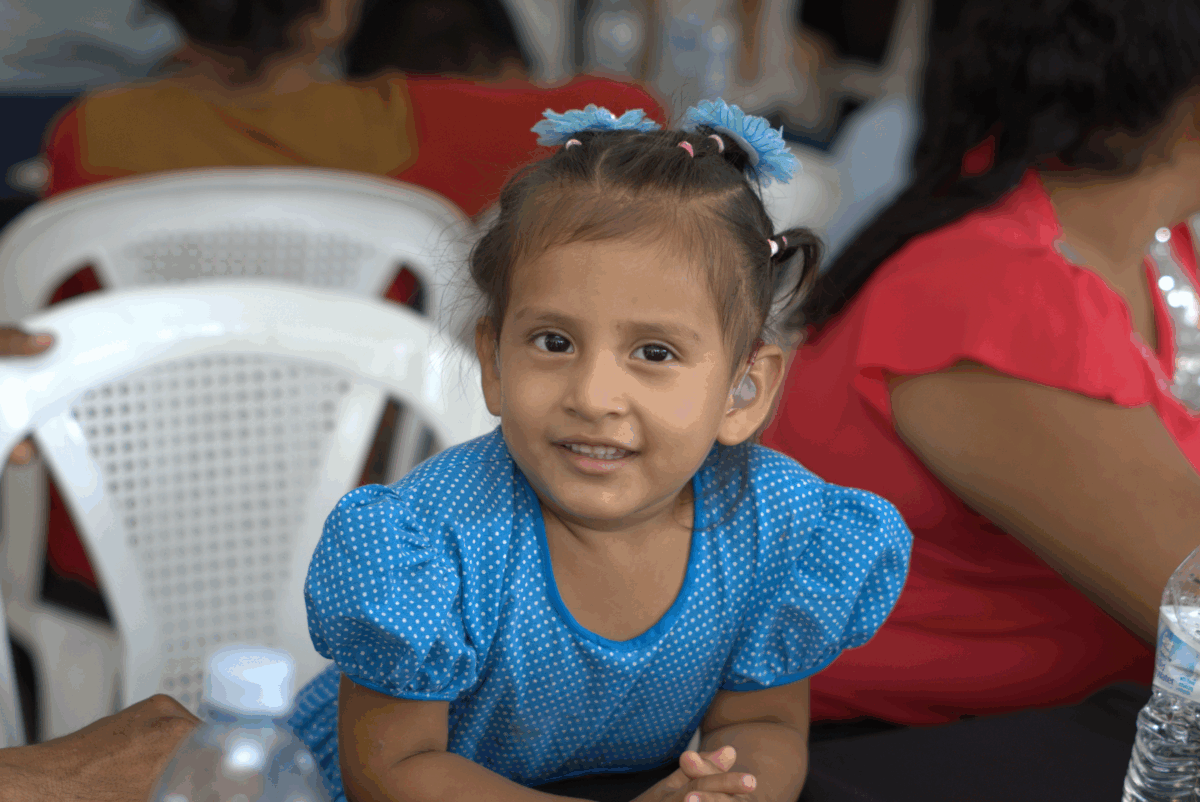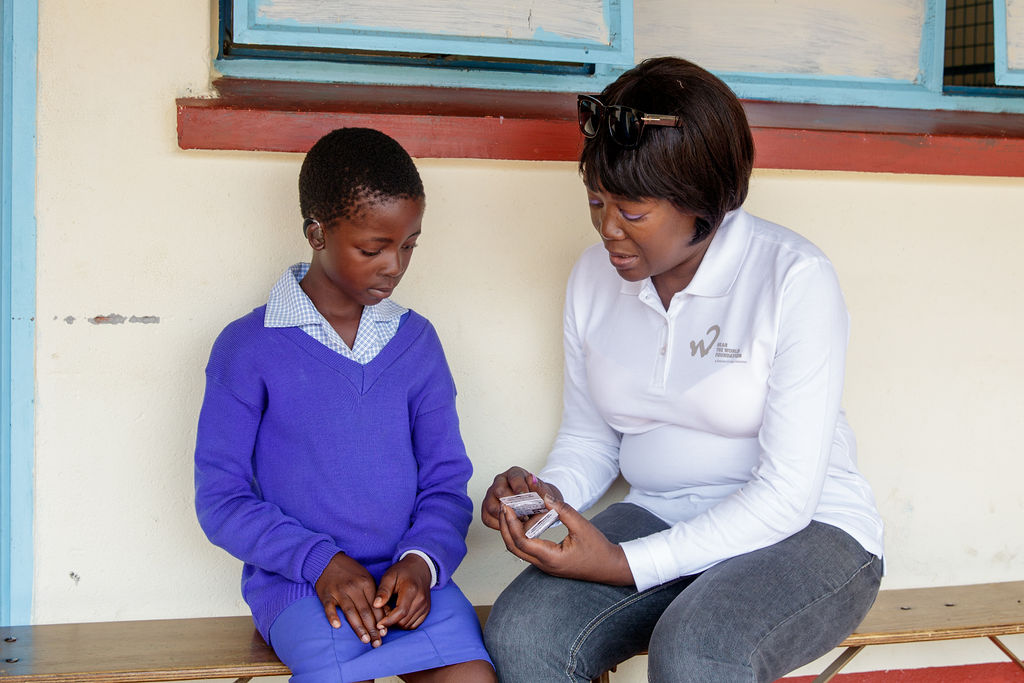Every child
deserves to hear
Founded in 2006 by Sonova Group, the Hear the World Foundation supports children in low- and middle-income countries who require access to audiological care.
Our work is founded on the belief that every child deserves to have a chance to hear well and live life to their full potential.

Together we have an impact
14
projects in 13 countries
3,084
newborns & children fit with hearing aids
4,978
people trained
10.2M
CHF donated to projects in 2024/25
How we make a difference
We work together with local non-profit organizations in low- and middle-income countries to support children with hearing loss. Alongside these organizations we raise awareness about hearing loss, provide them with hearing aids and technology, and support them in training local audiologists.
Awareness
Newborns and children, up to the age of 18 will have their hearing tested. These hearing tests take places in schools, hospitals and health centers.

Access
With your help, we can support children with hearing loss to receive an accurate diagnosis, quality hearing aids and speech and language therapy.

Capacity development
By training and empowering local audiologists, we can drive change and reach more children.

News

VARTA Microbattery and Hear the World Foundation continue global aid for children with hearing loss

Gilbert Achermann elected as Hear the World Foundation President
